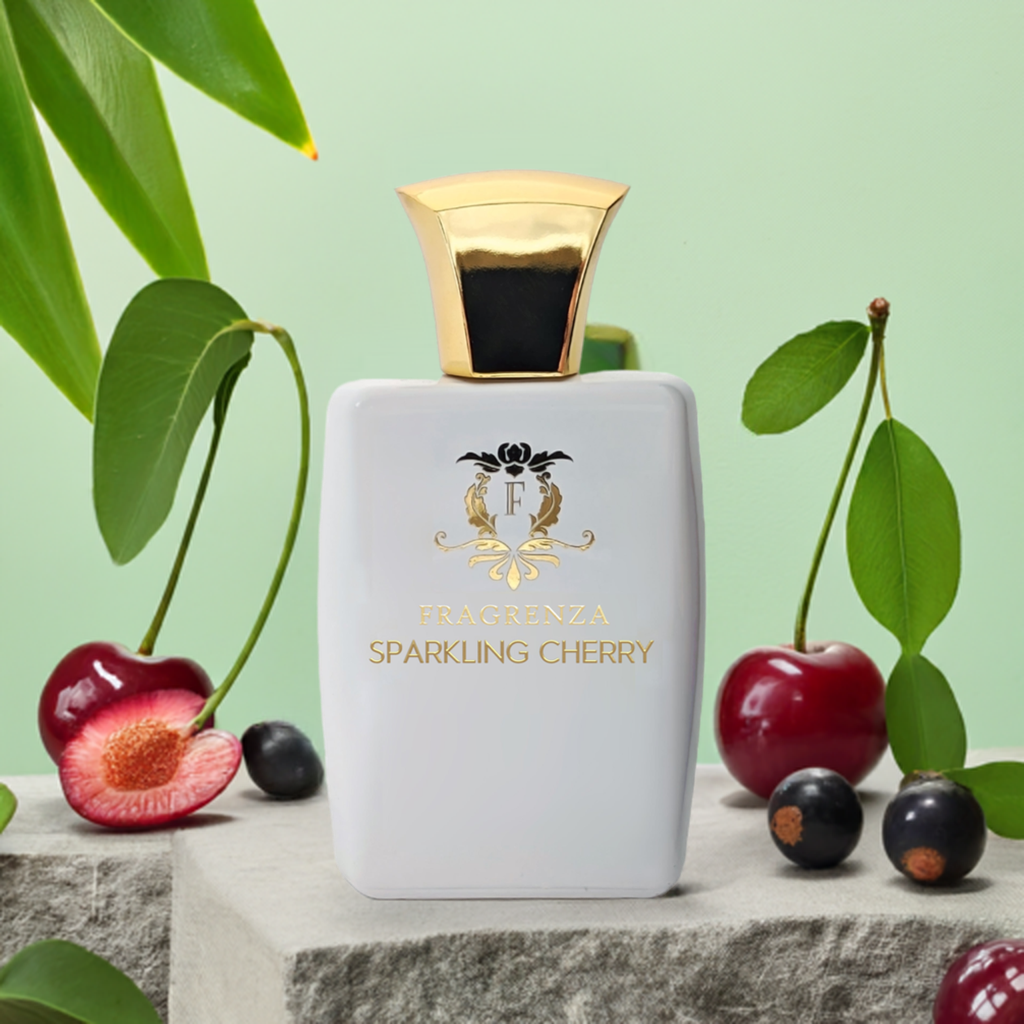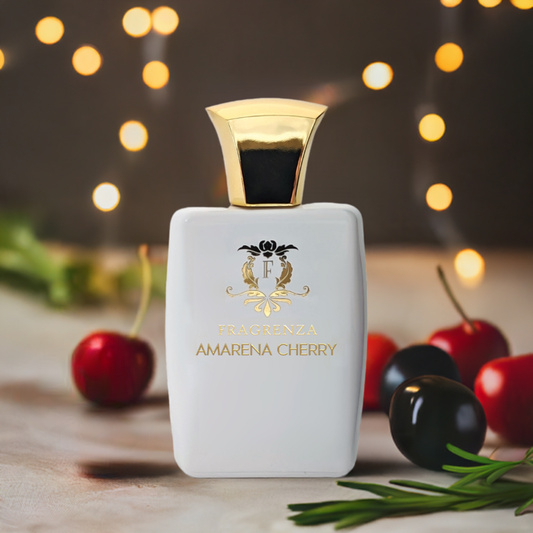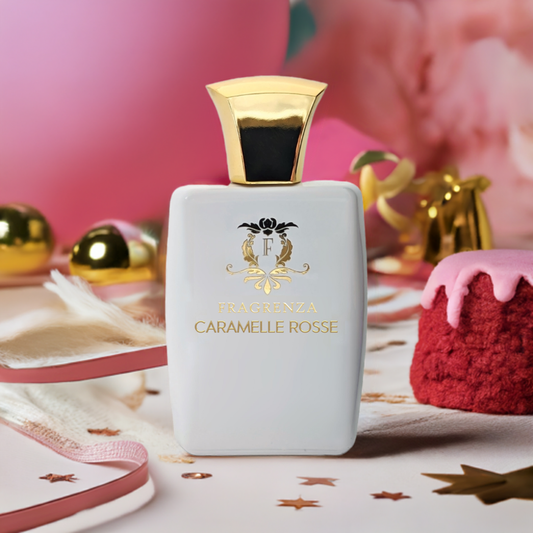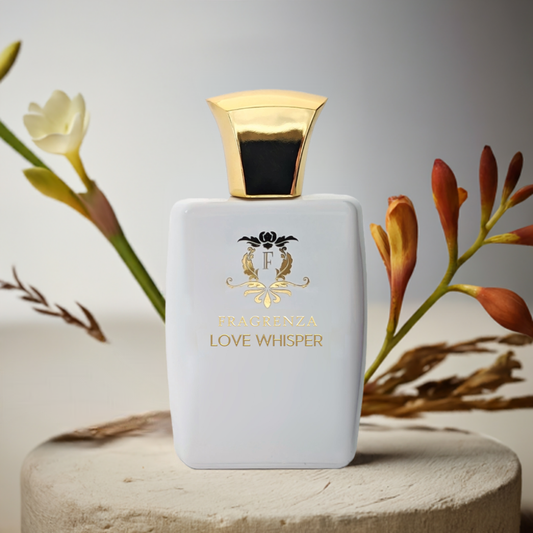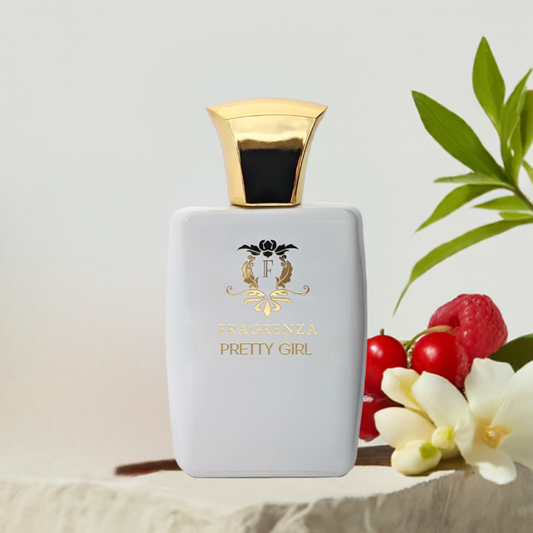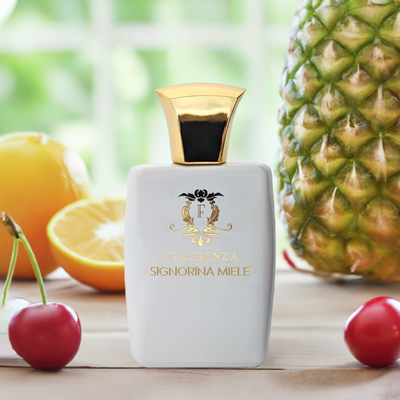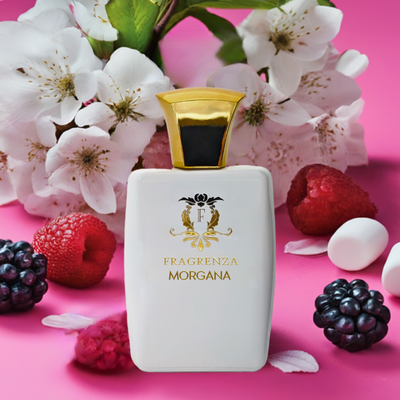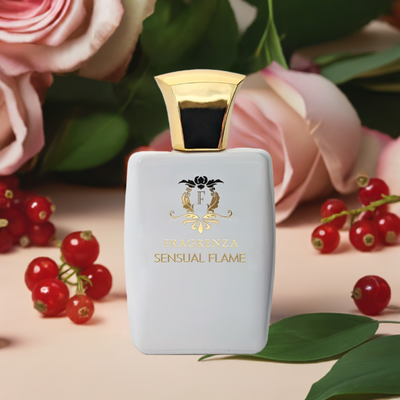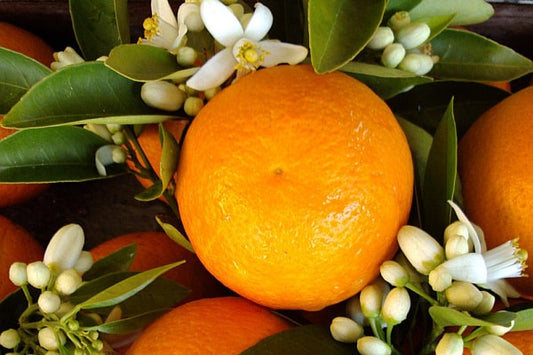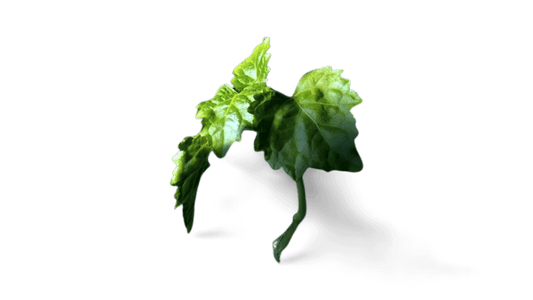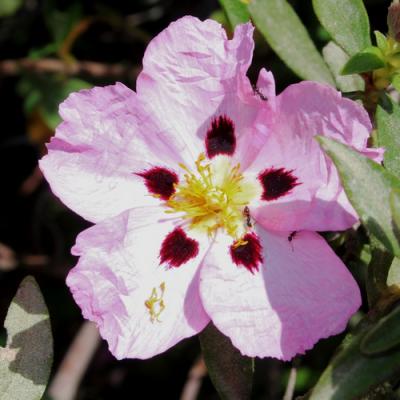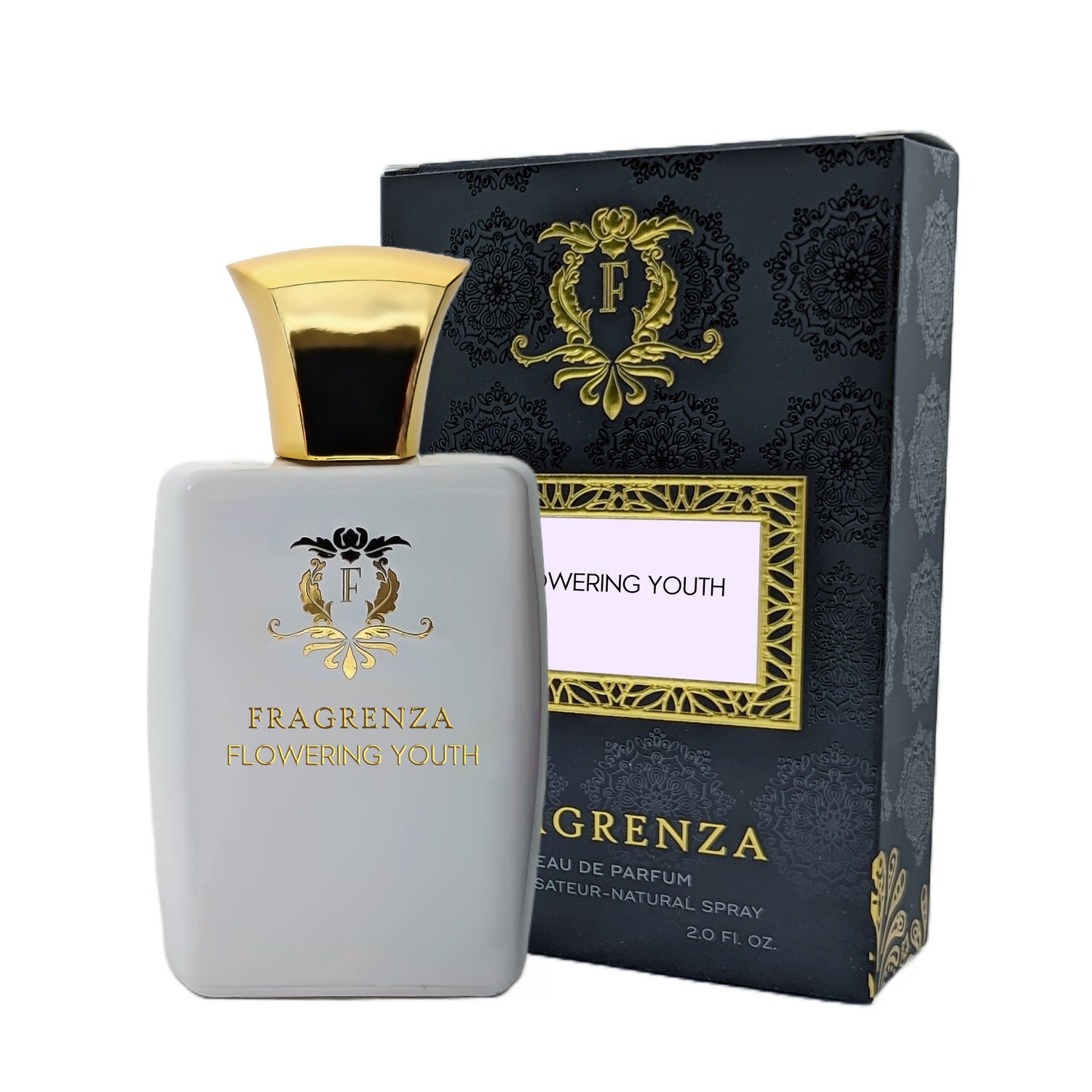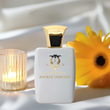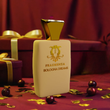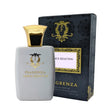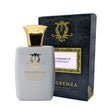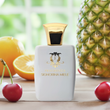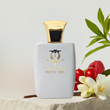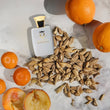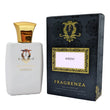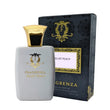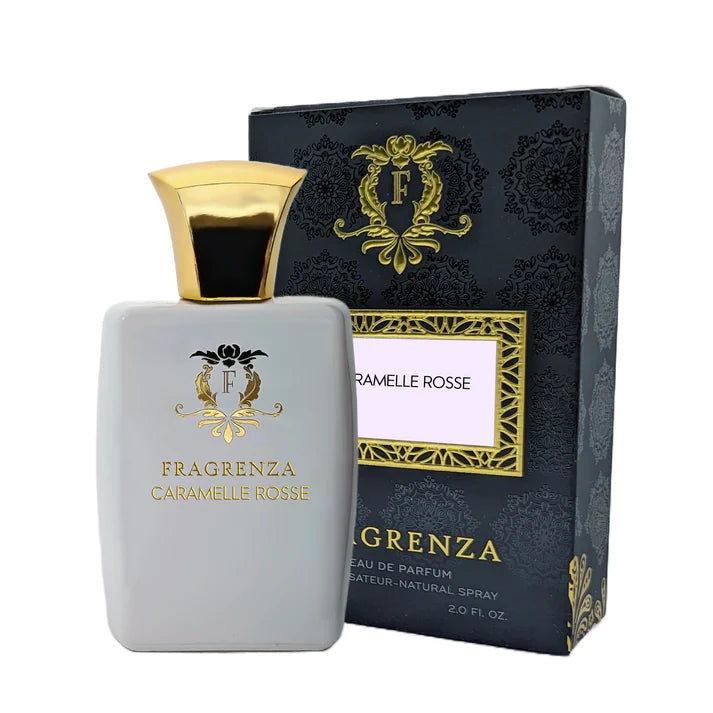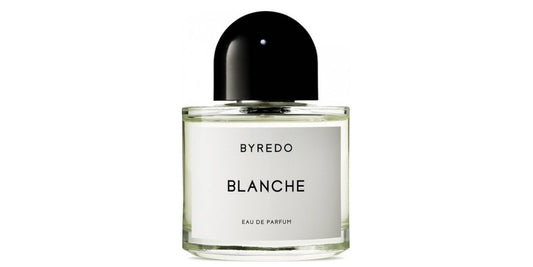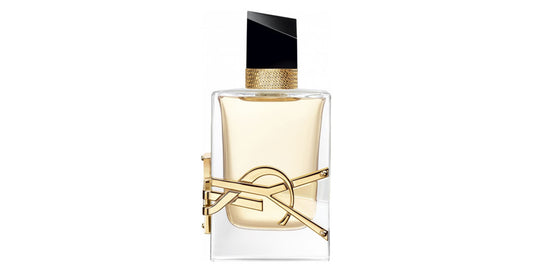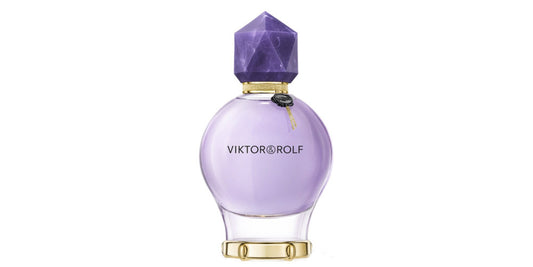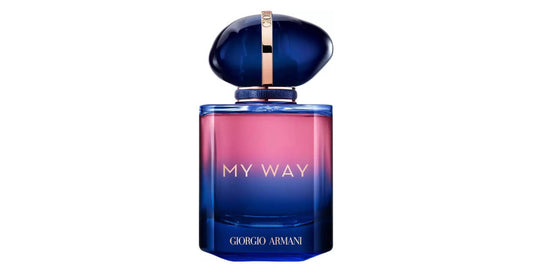Red fruits in perfumery
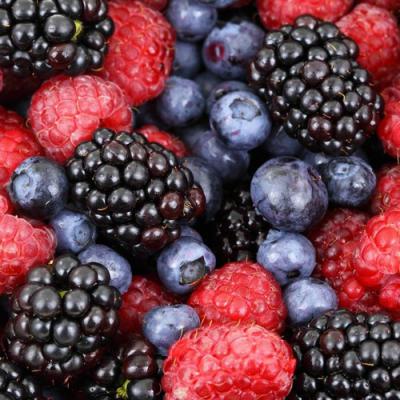
In This Article
Similar to fashion and interior design, perfumery trends change with the seasons and consumer preferences. However, some raw materials remain constant favorites. Fruits, particularly red fruits, have been popular in perfumery for many years, with Trésor de Lancôme paving the way since the 1990s. Red fruits continue to captivate the senses in many fragrances.
What are red fruits?
Red fruits encompass a range of berries, drupes, and false fruits. They are characterized by their color, which ranges from pink to dark red and even black, and they ripen between June and October. Red fruits represent the essence of summer and early autumn. Perfumers frequently use them to create a harmonious blend of the enchanting world of perfumery and the delectable realm of pastry. Here is an overview of some of the most iconic red fruits used in perfumes:
Strawberry
Strawberries are the fruit of the strawberry plant, a member of the Rosaceae family. They grow in numerous regions worldwide and come in various varieties. In perfumery, wild strawberries are often favored for their delicate, fruity, and floral scent. The aroma of strawberries is recreated in the laboratory using a combination of different molecules.
Raspberry
Raspberries come from the raspberry tree, a shrub belonging to the bramble family. They grow in temperate and Mediterranean latitudes and can be cultivated or found in the wild. Raspberries are primarily used in feminine fragrances, lending a fruity and sweet touch. However, since it is impossible to extract essential oil from raspberries, their scent is exclusively reproduced in the laboratory using compounds like rambinone.
Cherry
Cherries are the fruit of the cherry tree, a member of the Rosaceae family native to Asia Minor. Cherries range in color from red to black. Like raspberries, it is impossible to obtain essential oil from cherries, so their aroma is recreated in the laboratory using various molecules, such as benzaldehyde, which imparts a synthetic, amended, and powerful flavor.
Currant
Currants are small berries that grow in clusters on the currant tree. They are related to blackcurrants but have a redder hue, which can also be white or green. Currants are mainly used in women's fragrances, offering a fruity, tangy, and invigorating note that is recreated in the laboratory.
Blackberry
Blackberries are black, fleshy berries that grow on bramble bushes, traditionally found in the wild. Blackberries lend a musky, almost woody flavor to fragrances. As with other red fruits, their scent is recreated in the laboratory using musk and other fruity compounds.
This list is not exhaustive, and red fruits encompass a variety of other ingredients such as lingonberries, cranberries, blackcurrants, blueberries, and black elderberries. These ingredients are typically found in women's perfumes, including iconic fragrances such as Lost Cherry by Tom Ford, Angel Eau de Toilette by Thierry Mugler, Absolutely Irresistible by Givenchy, Insolence by Guerlain, and the new Angel Muse by Mugler.
Fun Facts About Red Fruits in Perfumery
- Red fruits have been used in perfumery for centuries, with some of the earliest documented uses dating back to ancient Egypt, where fruit extracts and essential oils were blended with other ingredients to create perfumes.
- Many red fruit scents are synthesized in the lab, as it's challenging to extract their natural essential oils. This process has led to the development of unique and captivating fragrances that capture the essence of these fruits while adding a touch of creativity to their scent profiles.
- Red fruits are often associated with femininity and romance, making them popular choices for women's fragrances. However, they can also be found in unisex and men's perfumes, adding a fresh, fruity element to the overall composition.
- Some perfumers have experimented with combining red fruit notes with unexpected ingredients, such as spices, woods, and even marine notes, resulting in innovative and surprising scent combinations.
- Red fruits are not only popular in perfumery but also in other industries such as cosmetics, skincare, and home fragrances, where their sweet and fruity aromas are appreciated for their uplifting and invigorating qualities.
Red fruits have long been a staple in the world of perfumery, adding a fresh, fruity, and captivating element to countless fragrances. Their widespread use and enduring popularity demonstrate their versatility and timeless appeal, making them a favorite among perfumers and fragrance enthusiasts alike.
